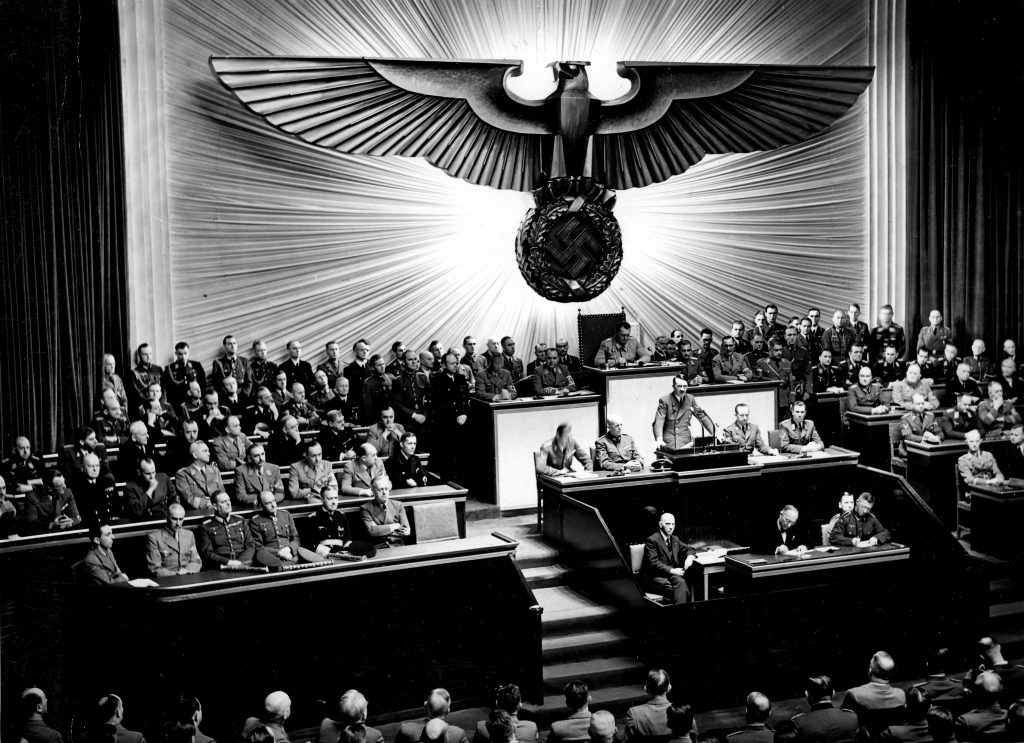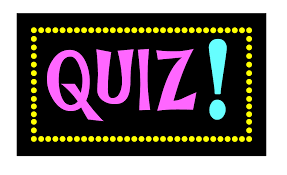Axis Powers and Leaders
Much like in World War I, the Second World War involved different nations that were formed into groups, or alliances. But who were the Axis Powers and leaders? Which countries were part of the Axis?
Who were the Axis Powers?
The two main groups were called the Axis and the Allied Powers. Find out more about the Axis powers – Germany, Japan, and Italy – in this article.
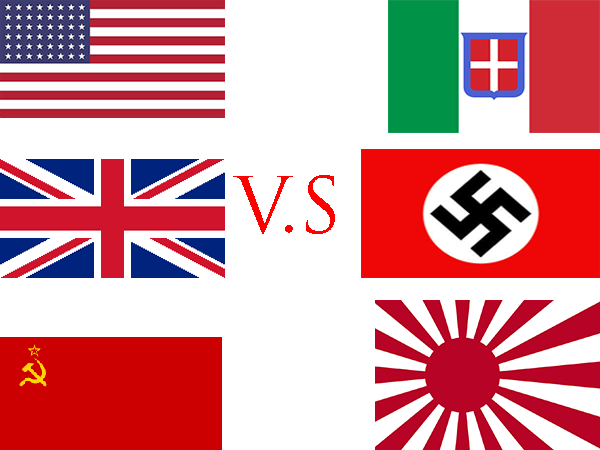
Why were they called the axis powers ?
Historians today claim that “ The Axis Powers formally took the name after the tripartite act was signed in 1940”.
It is said that during this period the people within Axis countries and their governments apparently referred to themselves as the Axis, officially or unofficially.
This term was also used by the Allied Powers when referring to their opponents and was furthermore used to name an operation in 1943 “Operation Axis” which aimed at disarming the Italian military.
However, the origins of this term have been traced back to before the war began in 1936. Germany and Italy entered into an informal agreement of friendship.
Italian PM Mussolini, announcing the agreement, stated: “This Berlin-Rome vertical line is not an obstacle but rather an axis around which can revolve all those European states with a will to collaboration and peace“. This may truly be the origin of the name.
The Uniting of the Axis Powers
The Rome-German alliance between Italy and Germany was formed in 1936. It was the Italian leader, Benito Mussolini, who named it the ‘Axis’.
Following this, Japan and Germany signed a pact against communism. This was called the Anti-Comintern Pact.
Germany and Italy decided to make an even stronger alliance which they called the Pact of Steel on May 22nd, 1939.
Why did Italy Join the Axis ?
Italy decided to join the Axis when the collapse of France seemed imminent and with a plan to concentrate Italian forces against the British whose retreat from the European theatre seemed imminent. They would likely have been thinking about the territorial spoils coming their way.
When did Japan join the Axis ?
When Japan joined this one too, it was then called the Tripartite Pace (‘tri’ means triple). This pact was signed in September, 1940.
The main agenda of this agreement was to deter the United States from entering any conflict wherein the Axis powers were present. This strategy worked until 1941, when the Japanese invaded Pearl harbour, the United States then declared war on Japan. After which, both Italy and France declared war on the United States.
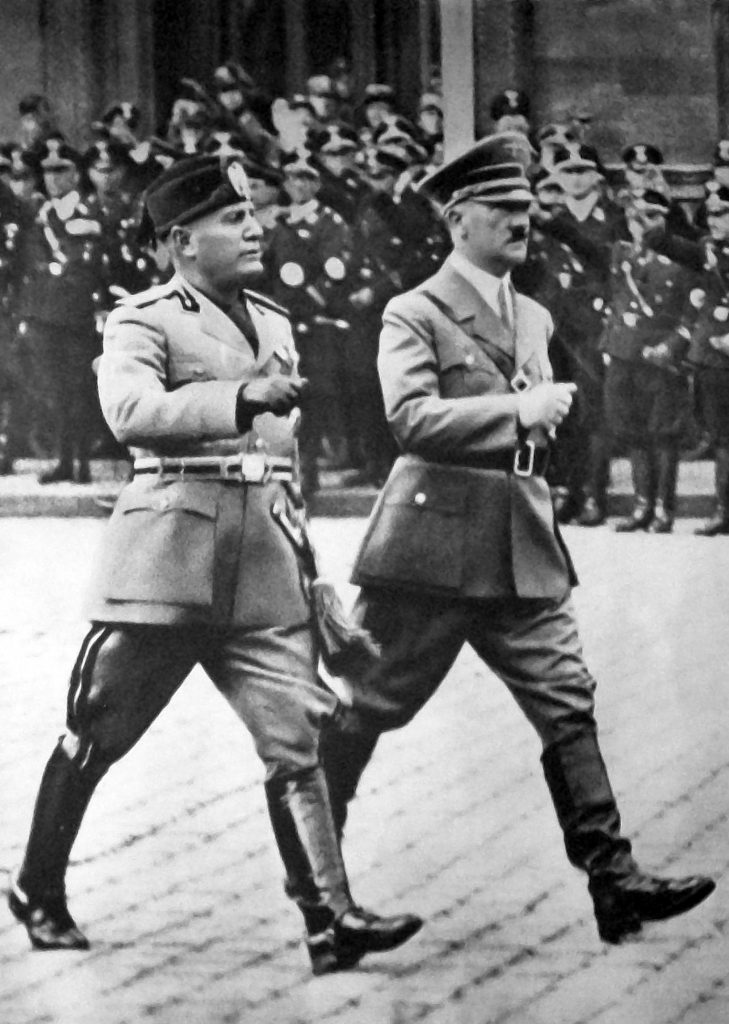
Axis Powers Flag
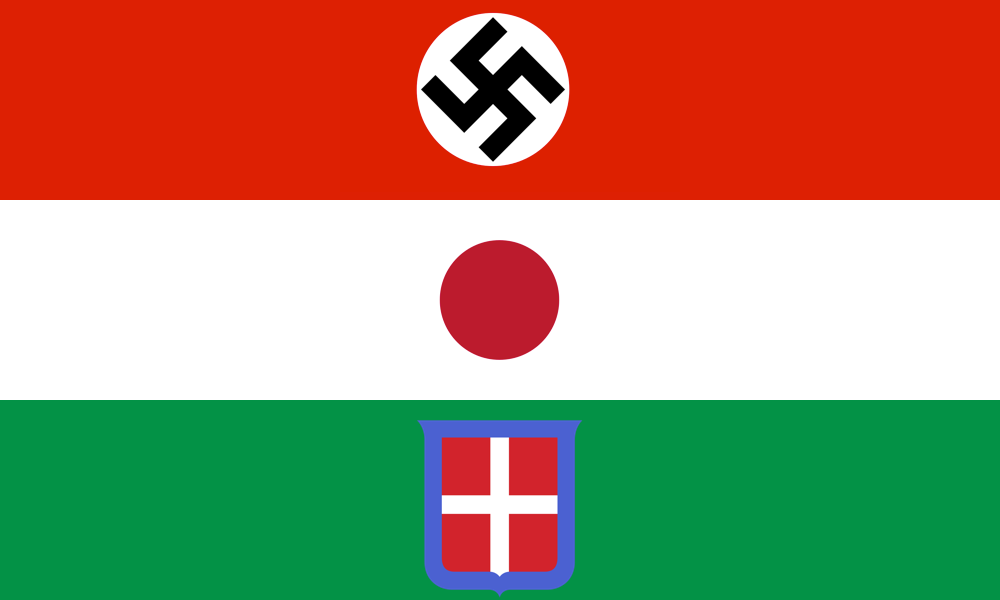
Germany
The leader of Germany was Adolf Hitler who had become Chancellor (like president or prime minister) of Germany in 1933. He was the leader of the Nazi Party.
He was an aggressive dictator who convinced the German people to vote for him.
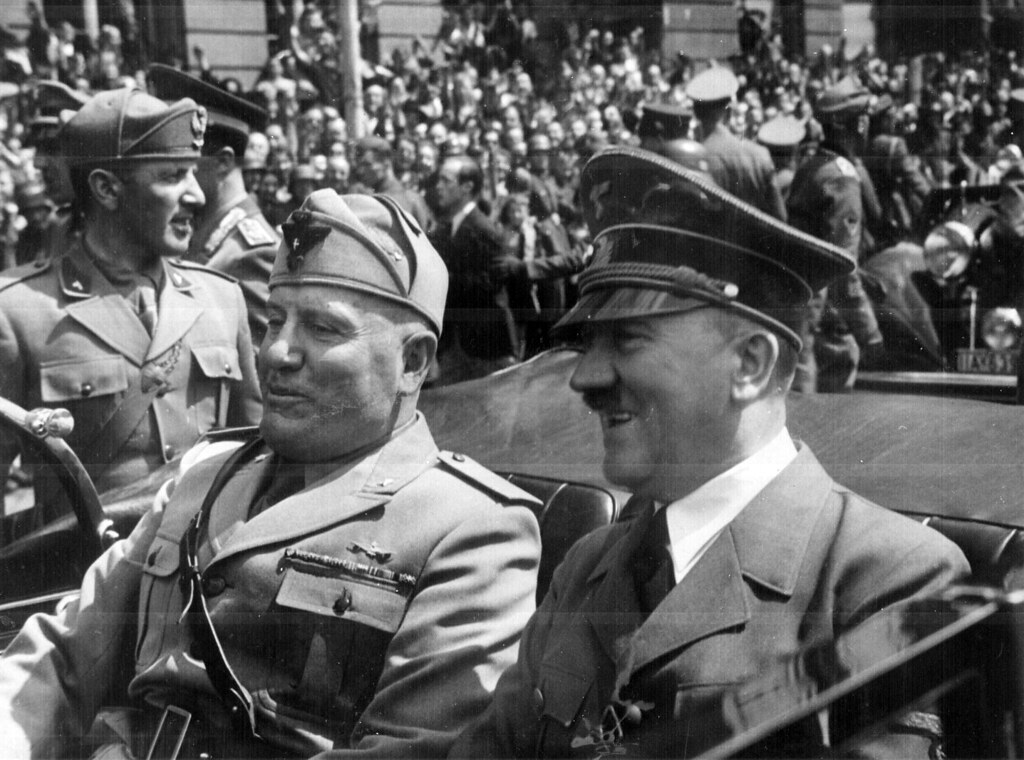
Fighting an Evil Dictator
Once he was in power, he took apart democracy bit by bit. He stopped people saying what they liked or speaking out against the party (this is called censorship). Hitler wanted to get rid of anyone that stood in the way.
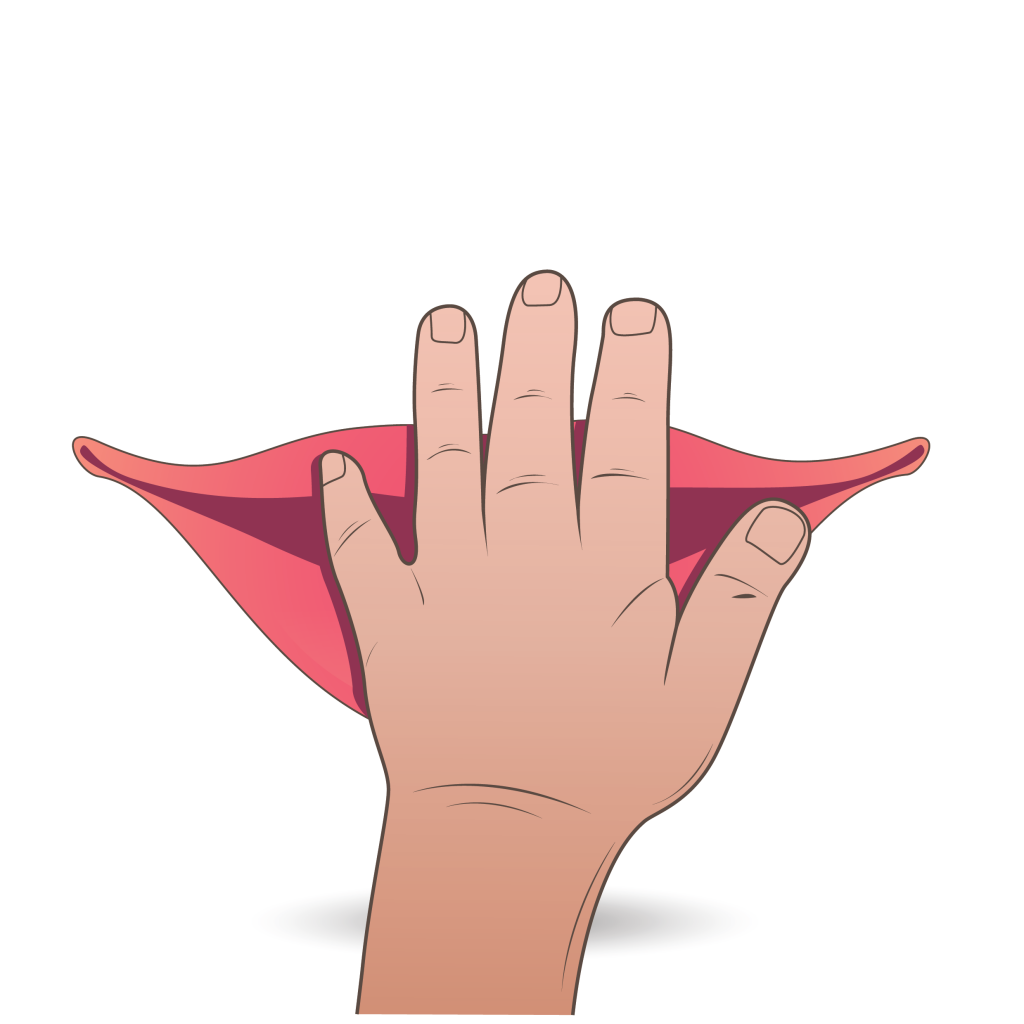
He was very prejudiced against Jewish people and disabled people. This prejudice turned into hatred and he ordered the killing of lots of innocent people, including Jewish people.
Jewish people were sent to concentration camps where they suffered and died. He wanted to take control of all of Europe and the other countries (the Allies and the countries he invaded), wanted to stop him.
They also wanted to stop an evil tyrant and his harsh and unfair treatment of certain people.
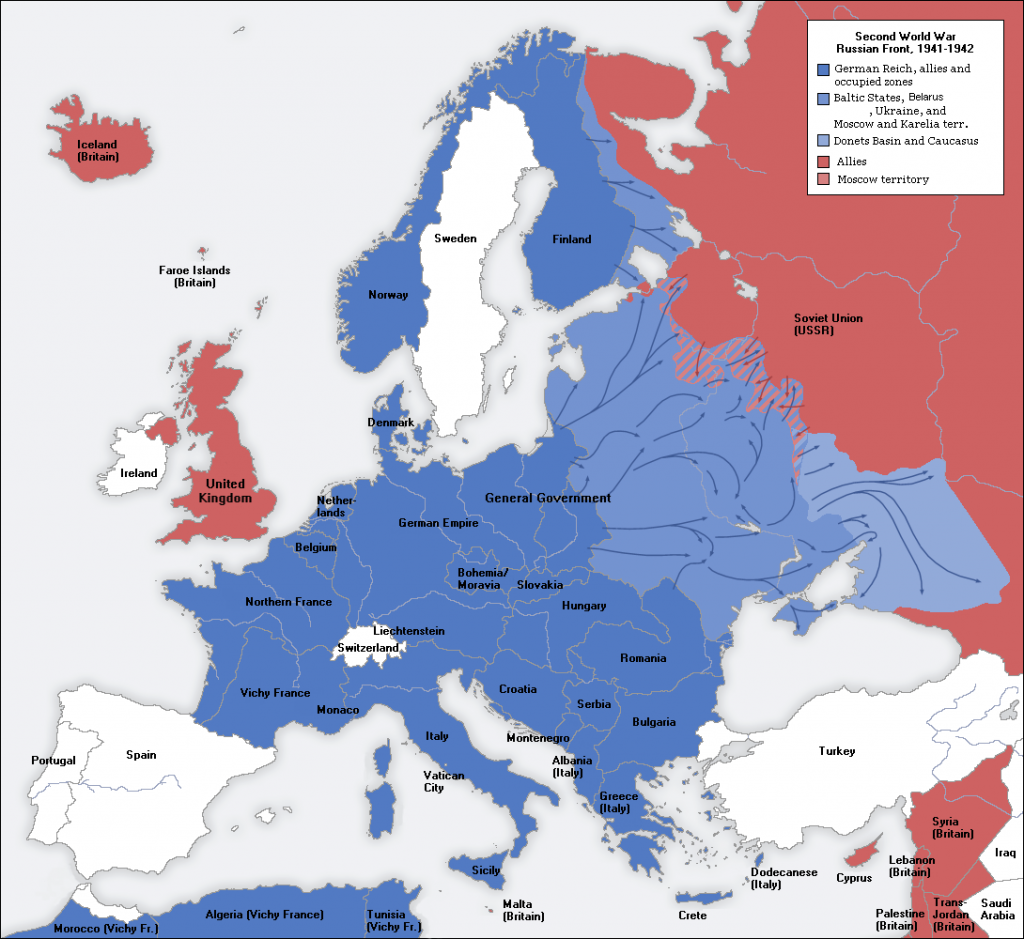
People in Power
Hitler had some members of his party who were very high up and had lots of power. Some historians say that leaders like Himmler and Goering had more power than Hitler himself.
Heinrich Himmler was second in command to Hitler and was in charge of the brutal Gestapo police. Himmler and Hitler set up concentration camps, where they imprisoned people.
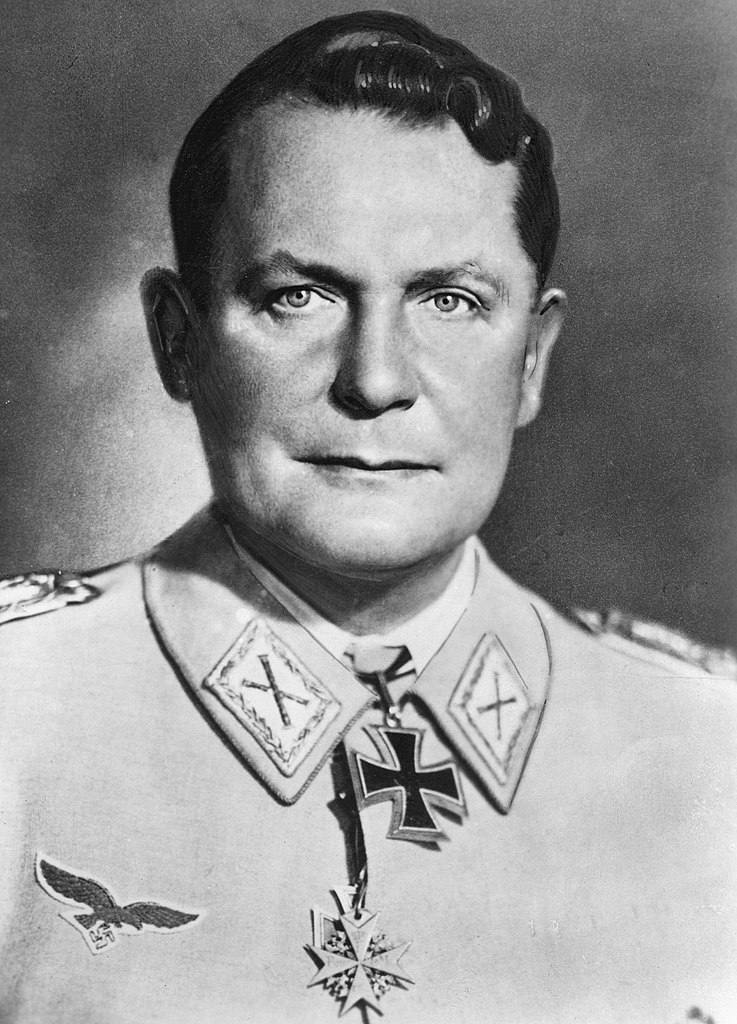
These were mostly Jewish people but communists, people who spoke out against the regime, and political prisoners were also sent there.
Goering was a war minister and led the air force (the Luftwaffe). Rommel was in charge of the army in Africa and the invasion of Normandy in France. Goebbels was also very important.
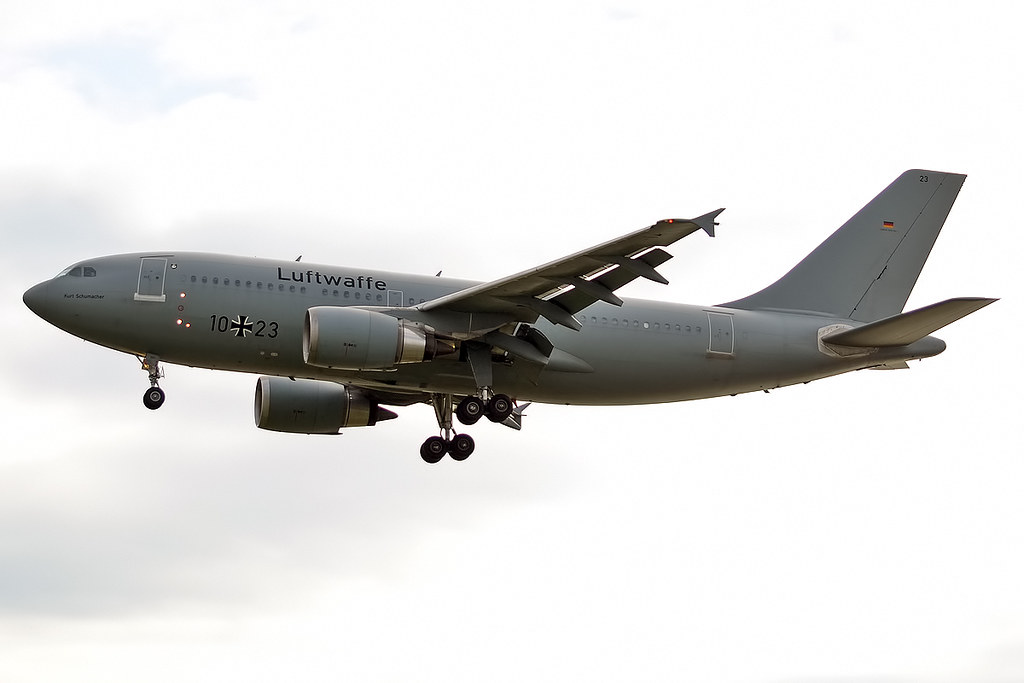
The Nazi party convinced everyone to go to war using the press. Convincing people by lying or exaggerating in the press is called propaganda. Lots of governments use it, even now.
Goebbels was clever in using propaganda to brainwash people in Germany towards hatred and convince young men to go to war and risk their lives for an evil dictator.

Italy
Mussolini was the dictator of Italy. He led a party called the Fascists. Like Hitler, they were extremely right wing and authoritarian.
This meant they crushed opposition and opposed anyone they didn’t like or agree with.
Mussolini founded the concept of a fascist government where there is one leader and one party that has total power. He was an inspiration to Adolf Hitler.
Victor Emmanuel III was the King of Italy and the head of the Italian Army. However, really he did whatever Mussolini told him to do until Mussolini was removed from power.
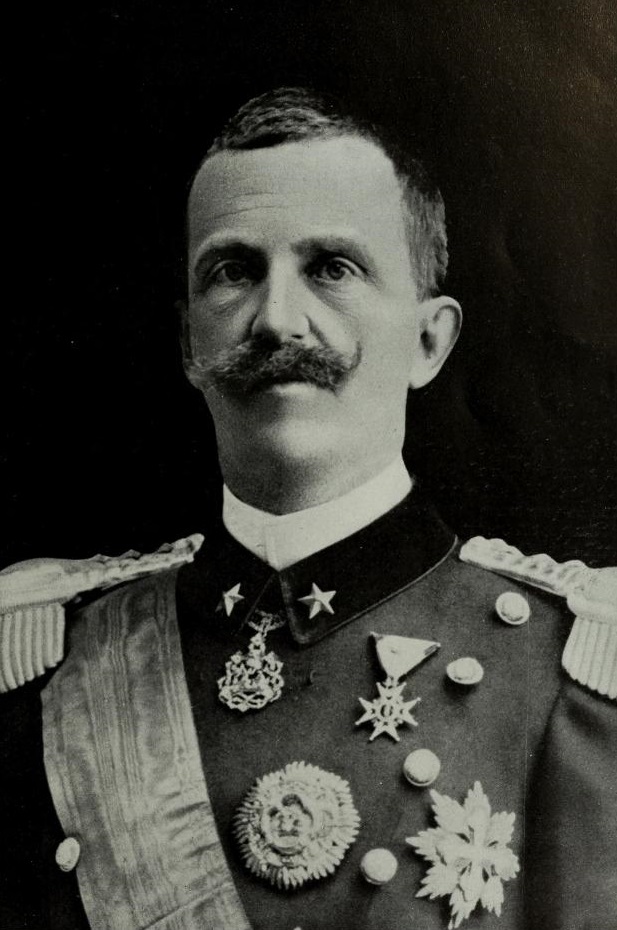
Like Hitler, Mussolini also persecuted people, including Jewish people.
Most historians agree that Mussolini did not have as strong a hold over the minds of Italian people and that his crimes against people were not as severe in Germany.
However, lots of regular Italian people lost their lives at war and people were treated unfairly just because of who they were.
Many Jewish people were forced out of Italy into brutal concentration camps. Many died in brutal conditions or somehow fought to survive until the end of the war.
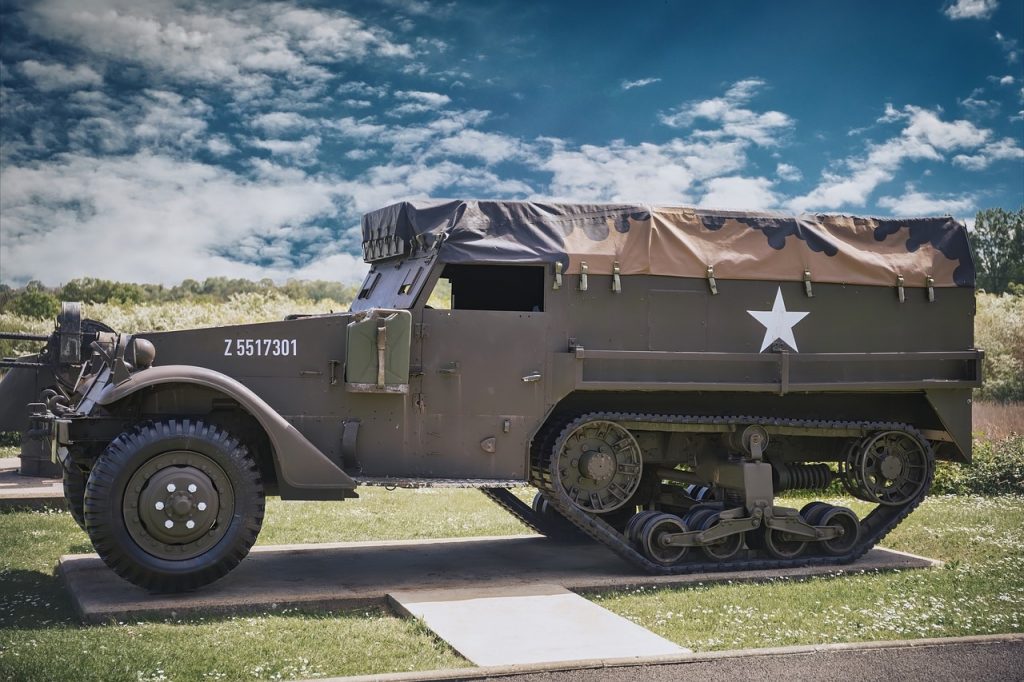
Mussolini did not have anywhere near as many famous generals and leaders under his command as Hitler.
A man called Cavallero was the commander of the Italian Royal Army.
Japan
Japan had an emperor called Hirohito. He ruled Japan from 1926 until 1989. He continued to be Emperor until after the war.
The people had never even heard his voice until he announced the war on the radio.
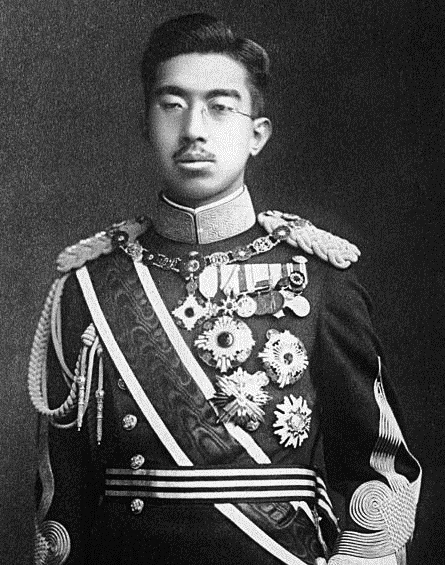
Hideki Tojo was the prime minister of Japan and supported the Tripartite Pact with Germany and Italy.
There were other important figures too. Yamamoto was the commander of the Japanese army.
He was said to be the best at war strategy and he was the commander of the Japanese armed forces.
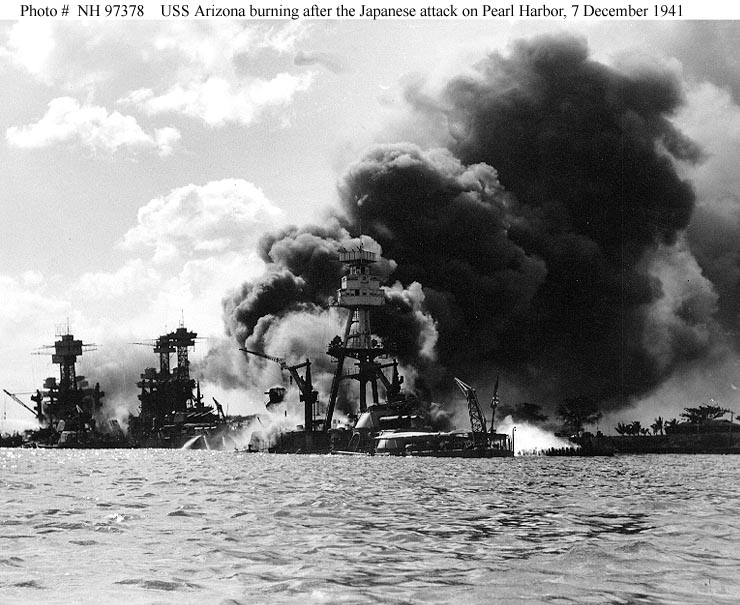
During Pearl Harbor, he also led the Japanese Navy. He died in 1943.
Osami Nagano was a leader of fleets during the Pearl Harbor attack.
Other countries in the Axis Alliance
Other countries also formed part of the Axis alliance.
Hungary became the fourth member of the Tripartite Pact. Hungary helped the Axis powers invade Russia.
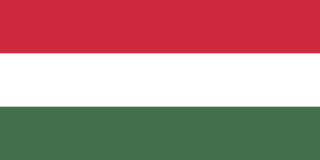
Bulgaria actually switched sides during the war.
At first they were on the side of the Axis powers, but then Russia invaded them so they joined the Allies.
Romania also had to change sides by the end of the war and joined the Allies.
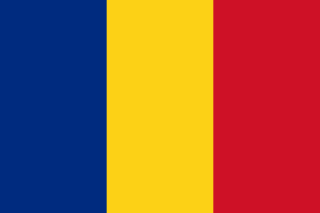
Finland did not sign the pact, but they fought with the Axis powers against Russia.
Axis Territories
At its peak in 1942 during the Second World War, the Axis Powers presided over large territories occupying Europe, North Africa and East Asia.
Did the Axis Powers work together ?
Unlike the Allied Powers, who frequently communicated with each other and coordinated their activity for the utmost efficacy. The Axis Powers rarely cooperated or coordinated with each other.
Never were any meeting or briefings held to inform each other regarding the activities of any single axis power. The Axis Powers were also at loggerheads with each other on a number of issues.
The Start of World War 2
It was the hostile acts of invasion by the three main constituents of the Axis Powers that ultimately led to World War 2.
First, Italy invaded Ethiopia in 1935. Following this, Imperial Japan which had previously occupied Manchuria from 1931, raised conflict with Chinese troops based near Beijing in the year 1937.
Finally Nazi Germany occupied the Rhineland in 1936 and annexed Austria the following year.
The End of the Axis Powers
Once the war ended in 1945 with the defeat of the Axis Powers, it also resulted in the dissolution of their fractured alliance.
On September 8th 1943, General Eisenhower announced the surrender of Italy to the allied powers. This surrender came in the wake of faltering confidence in Mussolini and ultimately ended in his removal from power. Germany reacted to this news with Operation Axis, the invasion of Italy.
The surrender of Italy was the first domino to fall in the ultimate defeat of the Axis Powers. With its forces depleted and its resources dwindling throughout 1944 and 1945, the realization of an Allied victory swept over Germany. Ultimately leading to Hitler’s suicide and Germany’s surrender in May 1945.
By the end of July 1945, the Imperial Japanese Navy was incapable of carrying out an major operations. This meant that there would be an imminent allied invasion of Japan. On August 6, 1945, at 8:15 am, the United States dropped an atomic bomb on the Japanese city of Hiroshima.
Calling for their complete surrender, President Truman then dropped another atomic bomb on the Japanese city of Nagasaki. Following these events, Emperor Hirohito promptly surrendered to the Allied Powers on the 15th of August.
Quiz Time!
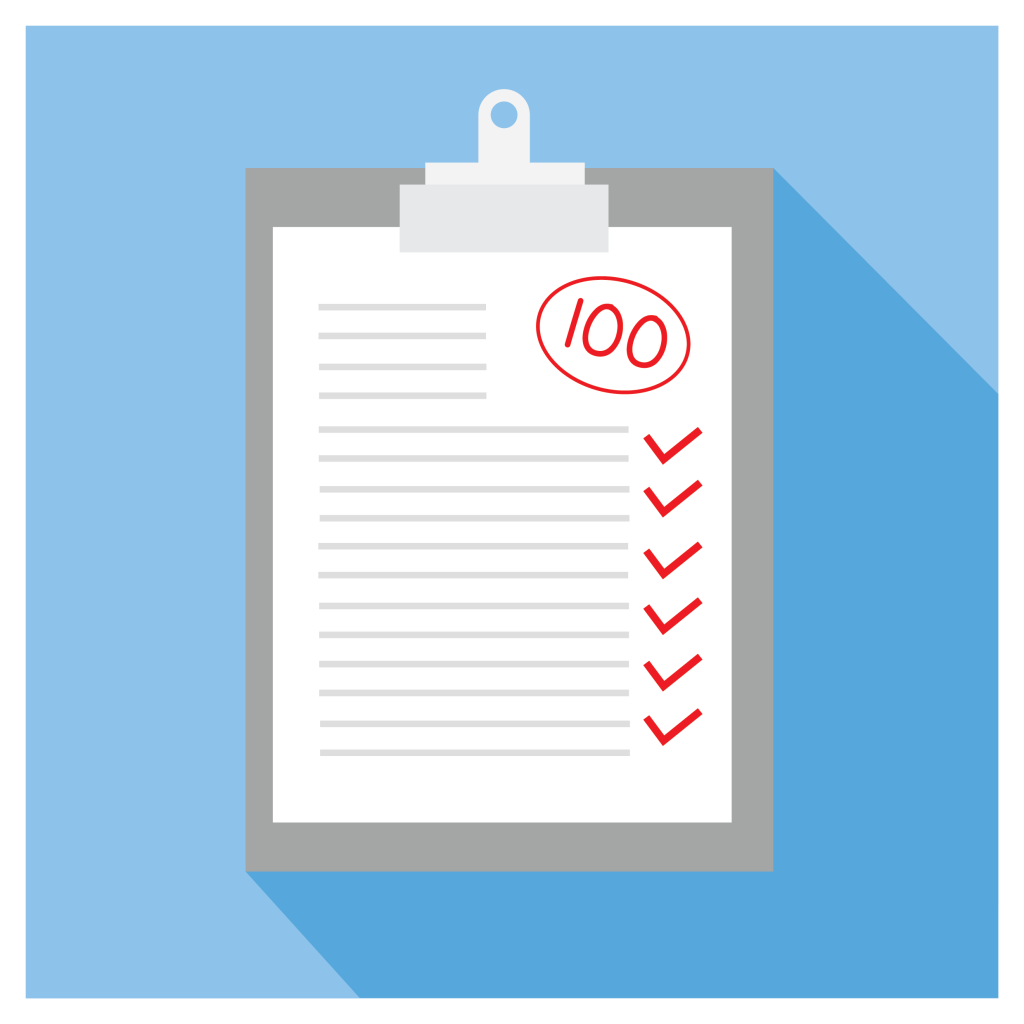
What was the pact between the three Axis powers called?
What was the name of Hitler’s second in command?
What is propaganda?
Who was Benito Mussolini?
What does authoritarian mean?
Who switched sides after Russia invaded them?
